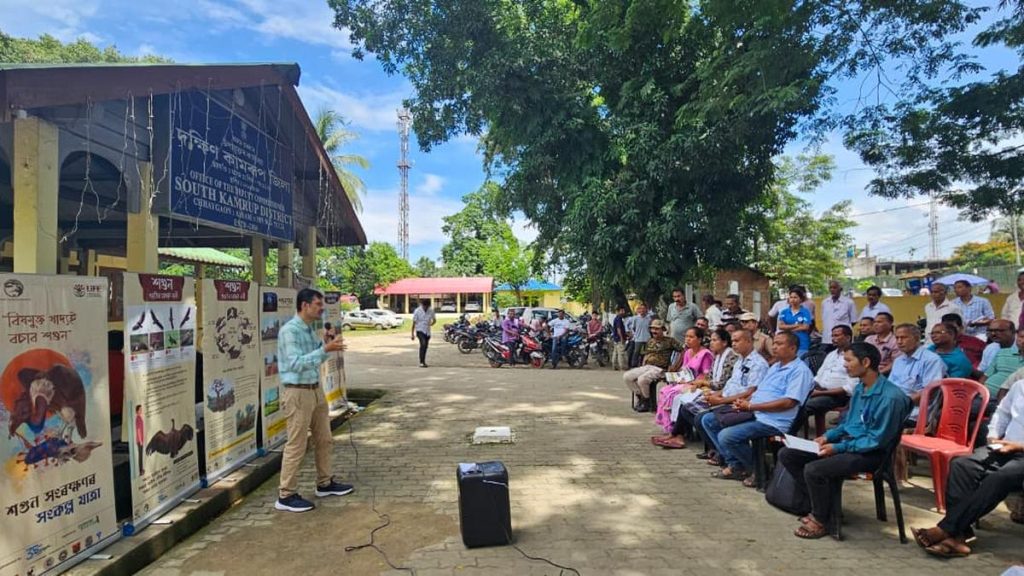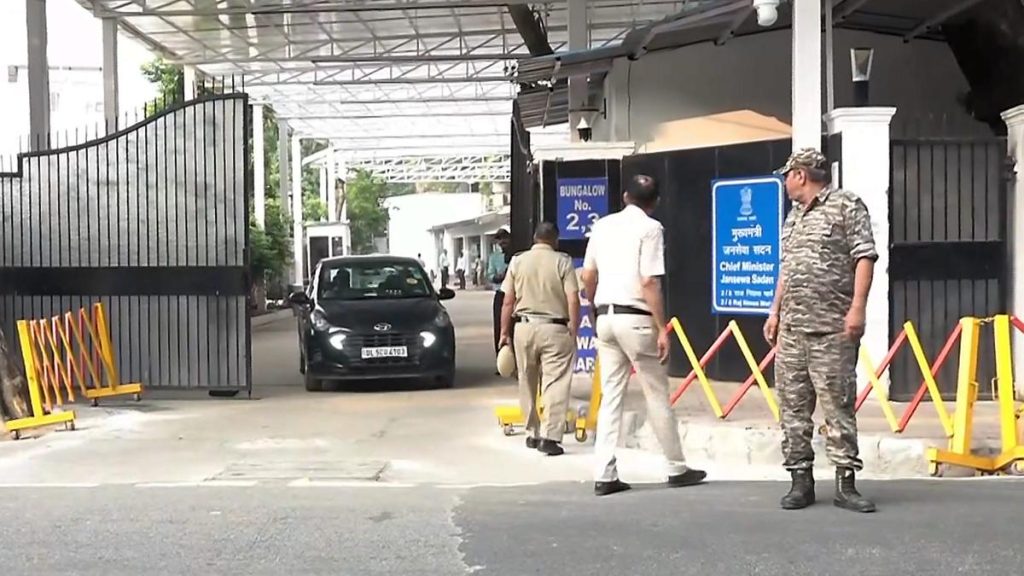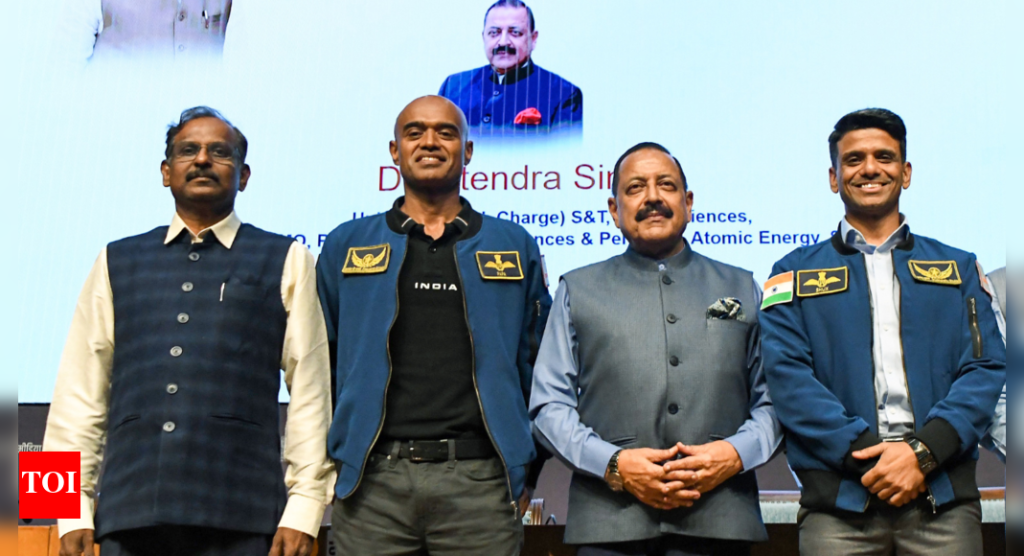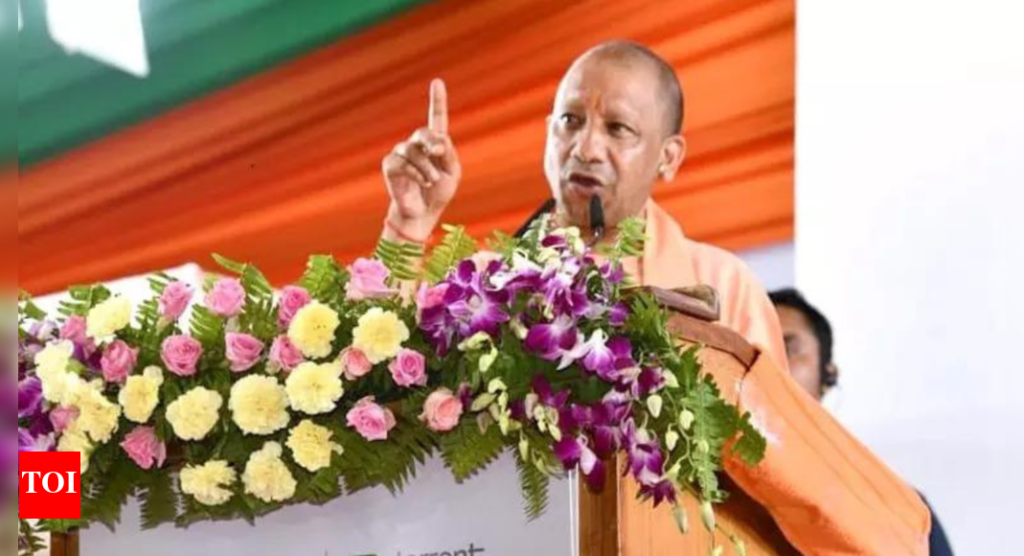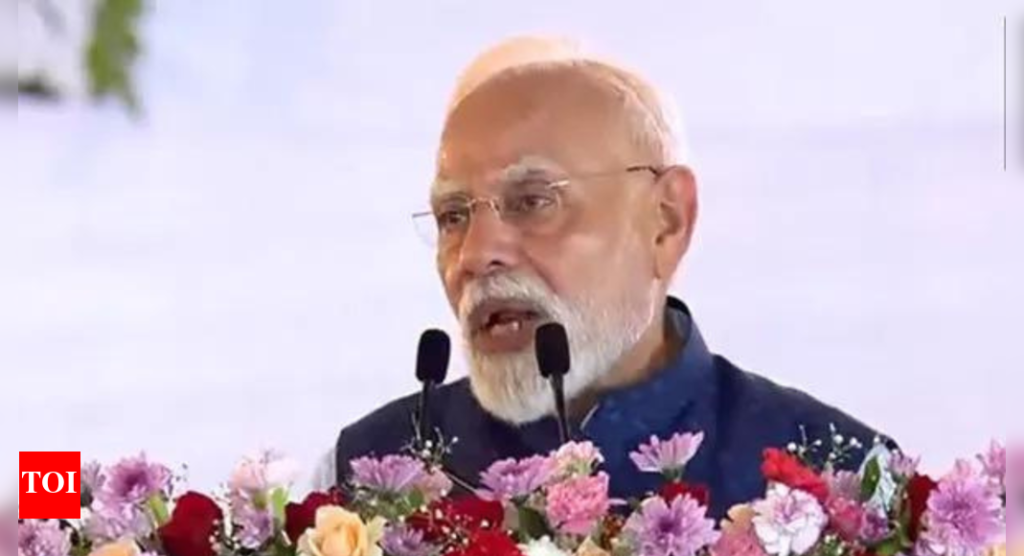Now Reading: Heavy Trucks Identified as Key PM2.5 Polluters: Study
-
01
Heavy Trucks Identified as Key PM2.5 Polluters: Study
Heavy Trucks Identified as Key PM2.5 Polluters: Study

Rapid Summary
- A study by the Center for the Study of Science, Technology, and Policy (CSTEP) highlights that heavy commercial vehicles (HCVs), termed “super-emitter trucks,” emit 4 to 11 times more particulate matter (PM2.5) than non-super-emitters.
- Super-emitter trucks constitute only 23% of India’s fleet but contribute to 62% of PM2.5 emissions.
- The number of hcvs is projected to increase by 27% by 2035, exacerbating emission issues unless policy interventions are implemented.
- Major sources of PM2.5 emissions in India include freight transport via older polluting trucks; though, states like Delhi and Puducherry have localized exceptions due to other pollution factors.
- the study recommends mandatory scrapping policies for HCVs older than 15 years, potentially reducing pollution by up to 44% by 2035.
- Transitioning to electric vehicles or adopting cleaner fuels could mitigate emissions but faces cost and infrastructure barriers requiring an estimated ₹100 thousand crore investment for electrifying projected HCV numbers by 2030.
Separate insight:
- Stubble burning in Delhi NCR is noted as contributing less considerably compared with vehicular and other pollution sources. Full electrification of light and heavy vehicles could significantly improve AQI levels in the region.
Indian Opinion Analysis
The findings from CSTEP underscore the disproportionate contribution super-emitter trucks make to India’s air quality woes despite being a minority within the fleet. This raises questions about systemic inefficiencies in regulating aging freight systems while concurrently pushing forward electric vehicle adoption policies-a dual strategy that demands robust implementation frameworks. Recommendations such as scrapping old HCVs appear feasible yet financially taxing, especially given a highlighted investment need exceeding ₹100 thousand crore for EV transition-a figure requiring notable public-private collaboration.
Furthermore, Dr. Nayak’s emphasis on regional realities over global benchmarks adds nuance to India’s air pollution strategies-highlighting that uniform policy solutions may prove ineffective without addressing contextual challenges specific to domestic conditions such as affordability gaps or inadequate infrastructure development. For regions like Delhi NCR struggling under seasonal air quality crises attributed only partially to stubble burning, integrating electrification goals into phased multi-source mitigation plans appears essential.
Read More: Heavy Commercial Vehicles Major Contributor Of PM2.5 Emissions: Study


